7 things to know about knee pain management
Published by admin on
Usually, people don’t think about the health of their joints until the joints start making a call, through PAIN! Since you have landed on this article, we assume that you have started sensing some pain or discomfort in your knee joint and hence we will take you through the effective steps to manage knee pain.
- Weight management
Body Weight is a very important element that contributes to knee pain. We will not hesitate in saying that being overweight does not initiate knee pain. Many other factors trigger knee pain. But reducing body weight can contribute significantly to the recovery of the suffering knee joint.
Excess body weight increases pressure on all the weight-bearing joints and the knee is the most affected one. The knee joint degenerates as a part of the ageing process but a heavy body can accelerate the degeneration. Reducing weight will reduce pressure from the knee joint and might slow down the process of erosion of the cartilage. It is not everything that you need to do. Other important measures need attention but certainly, body weight cannot be ignored
- Walking correctly
People get surprised when we tell them that they need to work on their “style of walking”. When we make them practice walking at our centre then they realise the difference. The reason for incorrect walking or standing could be stiff core and leg muscles, lack of exercise and the simple reason that no one has pointed out.
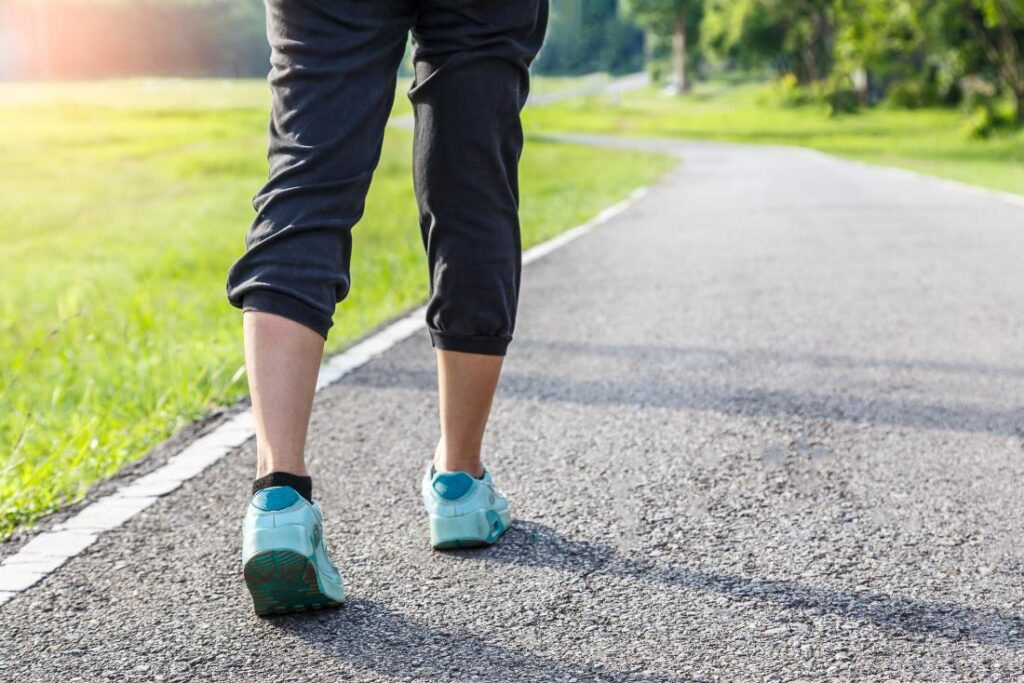
Most people do not have proper weight distribution at the base of their foot. As a result, they walk in the following ways:
- Feet turned outward, in V shape
- More weight on the lateral arches of the foot
- More weight on the inner arches of the foot
- Slightly limping
- One-sided long steps
- Very long strides
- Leaning backwards or forward while walking
- Walking with a stiff torso, without moving your arms
Observe if you walk in any of the above-mentioned ways.
To stand straight, your feet should be parallel to each other, toes slightly inwards, so the little toes are parallel to each other. While walking also, your foot should land in the same position. You may contact us to understand it better.
- Avoid high impact exercises
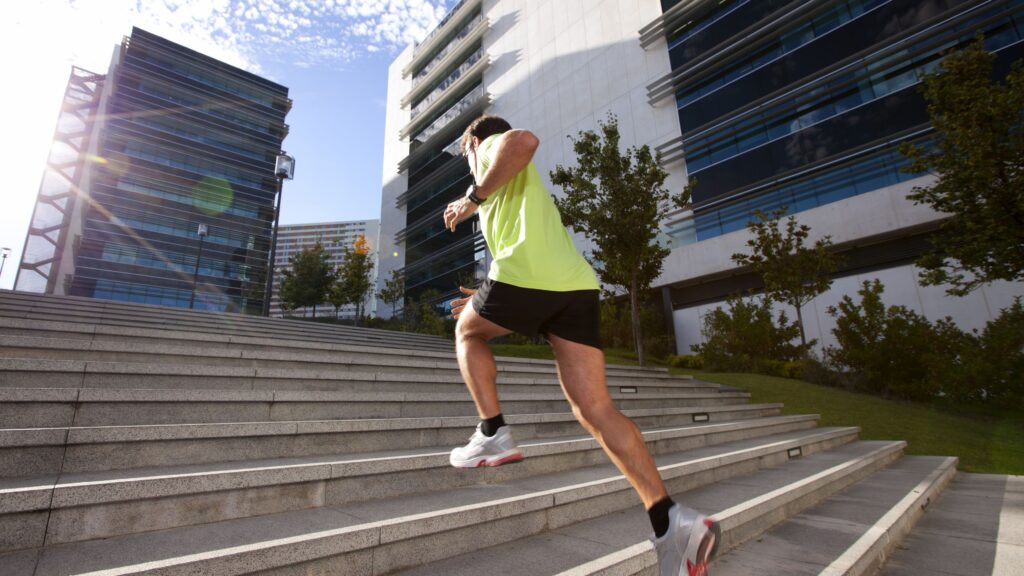
High impact exercises like running, squatting, jumping, weight lifting increases the pressure exponentially on your knee joint. It erodes your knee cartilage fast, specifically if squatting is done in the wrong way. If you are already in pain or having tender knees then these exercises must be avoided till the pain subsides and must be restarted only after consultation with a Medical Yoga practitioner or any other expert. Even if you have been practising these exercises since a young age, it would be better to get your knee health reviewed as high impact exercises have a long term impact on the knee that might come to the surface in later years.
Instead, you can engage in some low impact exercises like swimming and cycling, that too after consultation with the expert
- Choose the right terrain
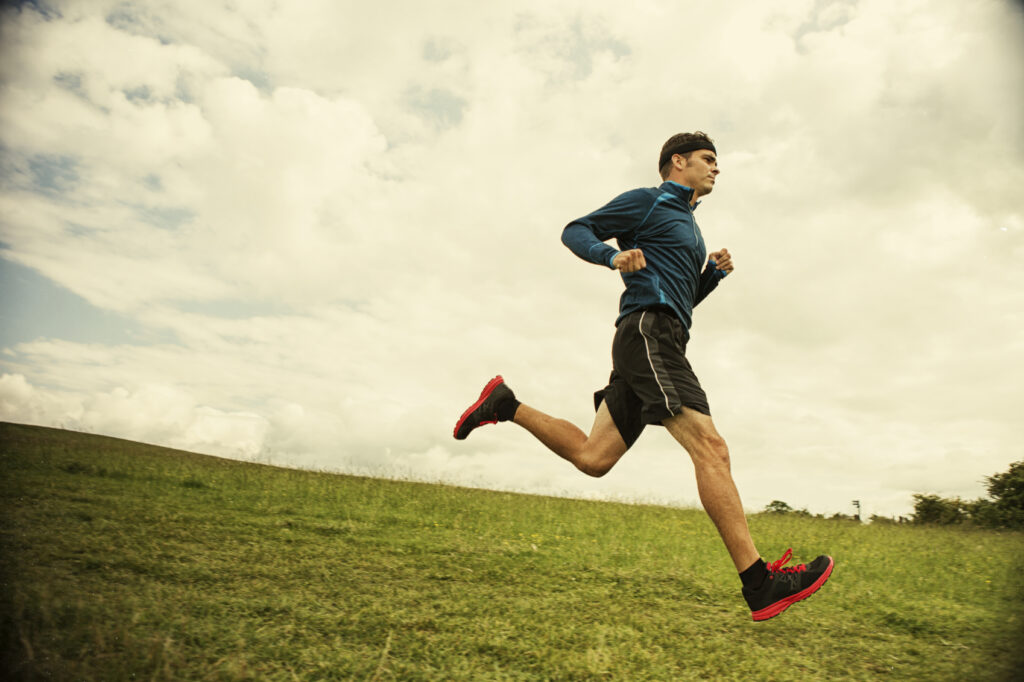
Running or even walking should be done on either muddy terrain or grass. Running on concrete terrain accelerate the deterioration of the knee joint. It increases the pressure on the joint that goes right up to the lower back.
- Choose Right footwear
This is the most significant part of knee care and most people falter in choosing their footwear. To put it straight, the ideal footwear should have at least half inch heel, cushioned footbed, optimal support on arches and should secure your feet nicely with a back strap so that your foot muscles can relax. Footwear that you should avoid wearing:
- Sandals with loose grip – If you wear sandals with a V-shape strap that do not secure your feet properly then unconsciously your foot muscles will try to maintain the grip on your footwear.
- Shoes, that do not have a cushion on the footbed, strain the foot muscles, like most of the leather shoes
- Heels – wearing heels completely throw your body alignment off the balance. Even if you wear heels for a short duration, it has an impact on your knees, legs, ankles, foot muscles, and lower back
- Walking with loafers – If you are going for a long walk, it is advisable to wear shoes with laces instead of loafers, to get a better grip and relaxed foot muscles
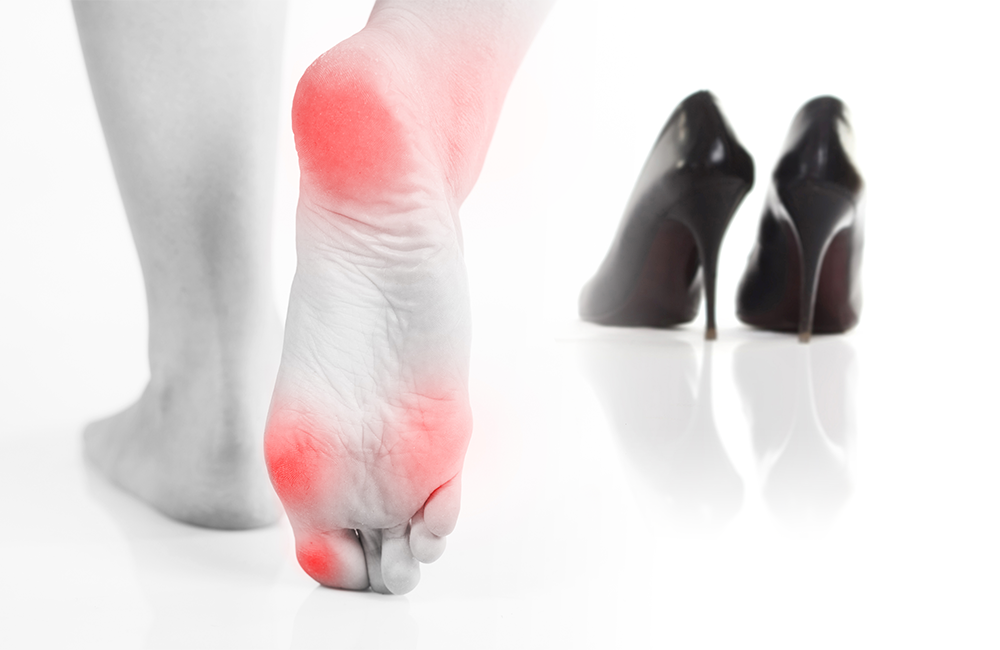
We do understand the sense of fashion and the desire to look chic with the right combination of footwear with your dress. While you pamper yourself with the fashion footwear, also nourish your body with good and relevant exercises to minimise or sometimes reverse the negative impact on your joints. Continuous guided work-out can help you go a long way even when other things cannot be ‘perfect’
- Stretching & strengthening
Your workout should include both stretching and strengthening exercises for your knees. The exercise schedule should not be lop-sided. You must work on stretching of calves, hamstrings and glutes. At the same time work on strengthening the same muscles. Flexible muscles are stronger!
Get your workout designed by a Medical Yoga professional or any other expert who can consider your existing knee health and chalk out an appropriate knee care plan for you. You may contact us for assistance.
- Drop sedentary lifestyle
Start making small changes in your routine. Do not sit in a cross-legged position for a long duration. Even if you have to, rotate and stretch your feet after getting up. Go for a gentle stroll frequently, either inside or outside the house. Do not stretch yourself to complete any kind of “counting steps” target. Most important, take rest when tired!
Needless to say that timely contact your Doctor or a Medical yoga professional if the pain does not subside or if the pain is beyond your tolerance. They can guide you in the right direction. If so prescribed, timely start with your Medical Yogasanas, Rope & belt therapy for joint pain relief or physiotherapy, as advised. Do not self-medicate. There are experts in the field who can take care of you!
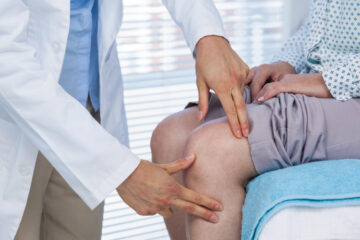
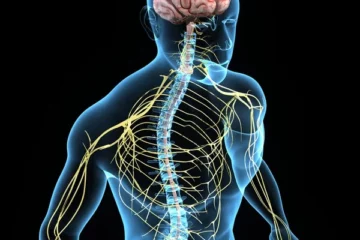

0 Comments